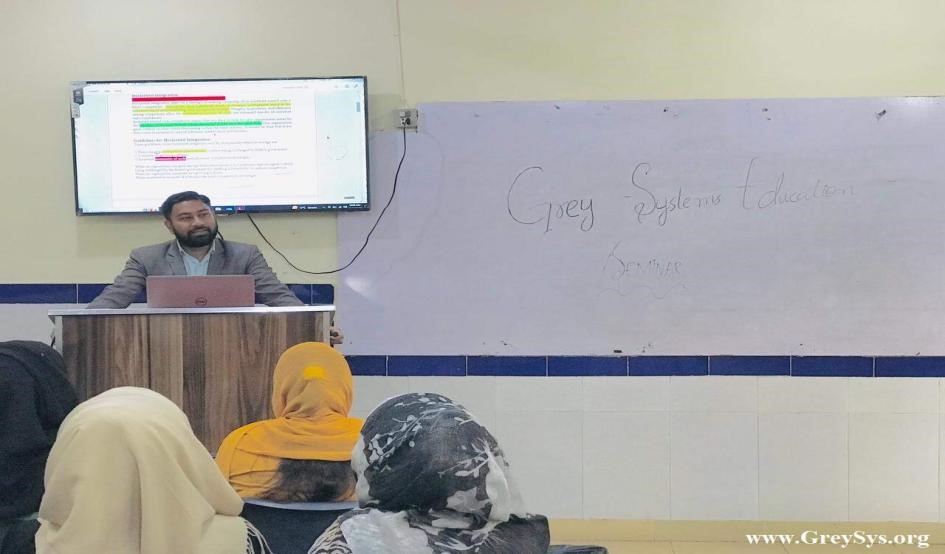News More>>
- Submission Deadline has been extended to August 31, 2025 2025-08-16
- 我校举办2025年“灰色系统理论与应用”江苏省研究生暑期学校 2025-07-29
- [喜讯] 国际期刊JGS影响因子达到1.5 进入JCR Q3分区 位列76/136 2025-06-18
- 2025年江苏省研究生暑期学校“灰色系统理论与应用”招生简章 2025-06-11
- Call for Papers of 2025 GSUA | 25-27 Oct 2025, Isparta, Türkiye 2025-05-28
- Grey Data Analysis (English Course) will be on iCourse from 15th May to 15th November 2025-05-12
15 October 2025, Volume 37 Issue 5



